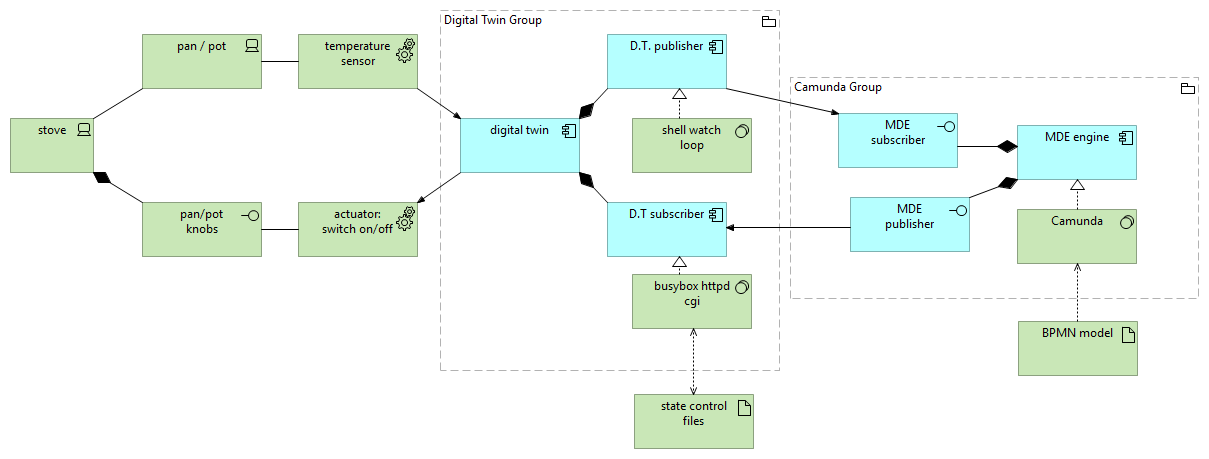¶ Summary
- We want to create an optimized workflow within a WYSIWYG editor that allows users to combine manual tasks with automated, real-time activities triggered by external IoT signals.
- The objective is to design a system where workflows can be easily built and modified visually, integrating both human-driven steps and IoT-triggered events seamlessly and reliably.
- The workflow editor is enhanced to support conditional logic and event listeners tied to external IoT signals. A real-time integration layer is implemented to capture and relay IoT data to the editor, ensuring smooth synchronization between manual and automated steps. Usability improvements focus on making IoT triggers intuitive within the visual design, minimizing technical complexity for end users.
- The final system enables users to build and manage complex workflows effortlessly, blending manual actions with responsive IoT-triggered processes—resulting in improved automation, flexibility, and operational efficiency.
¶ Demo
¶ Summary
Below is the simulation in Camunda of a BPMN2 process model defined for cooking the popular Italian dish "Cacio e Pepe" - a recipe with just three ingredients, but pretty challenging in terms of coordination and timing.
The model is designed with one swimlane for each key ingredient and workplace.

¶ The external interactions of the process engine
There are:
- FOUR occasions in which the BPM engine sends signals to the actuators (i.e., the stove's knobs)
- the relevant shapes are in blue color.
- the engine makes REST calls to the digital twin of the stove.
- TWO occasions in which the cook is expected to make a judgement to mark a task done
- the relevant shapes are in yellow color.
- in this model, we assume a predetermined, fixed timer.
- TWO occasions in which the temperature sensors notify the engine that the process can move on
- the relevant shapes are in red color.
- the digital twin makes REST calls to the BPM engine.
The archimate diagram that shows the engine and its components, the digital twin and the physical components follows below:

¶ 🎞️ video of the process execution
¶ Configuration and deployment
In this demo,
- Camunda 7 is self-hosted on the cloud.
- the model is designed with Camunda Modeler
- the model is deployed on Camunda via REST API
- the process is started via REST API
- a few TASKS are designed with SIGNAL BOUNDARY EVENTS and they wait on signals that are sent from outside via the Camunda REST API:
- extsig_waterboils → the POT temperature is 100 °C
- extsig_aldente → a timing event sent from the outside
- extsig_safe2 → the PAN temperature is 70 °C and it is safe to mix cheese with hot water without clot
¶
back to Portfolio